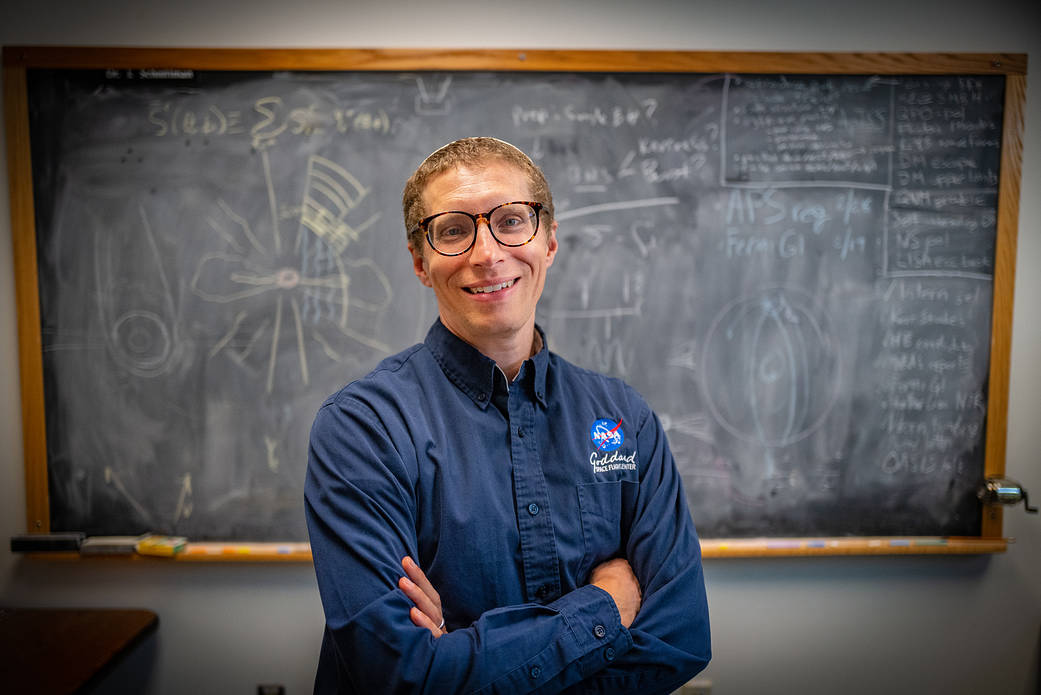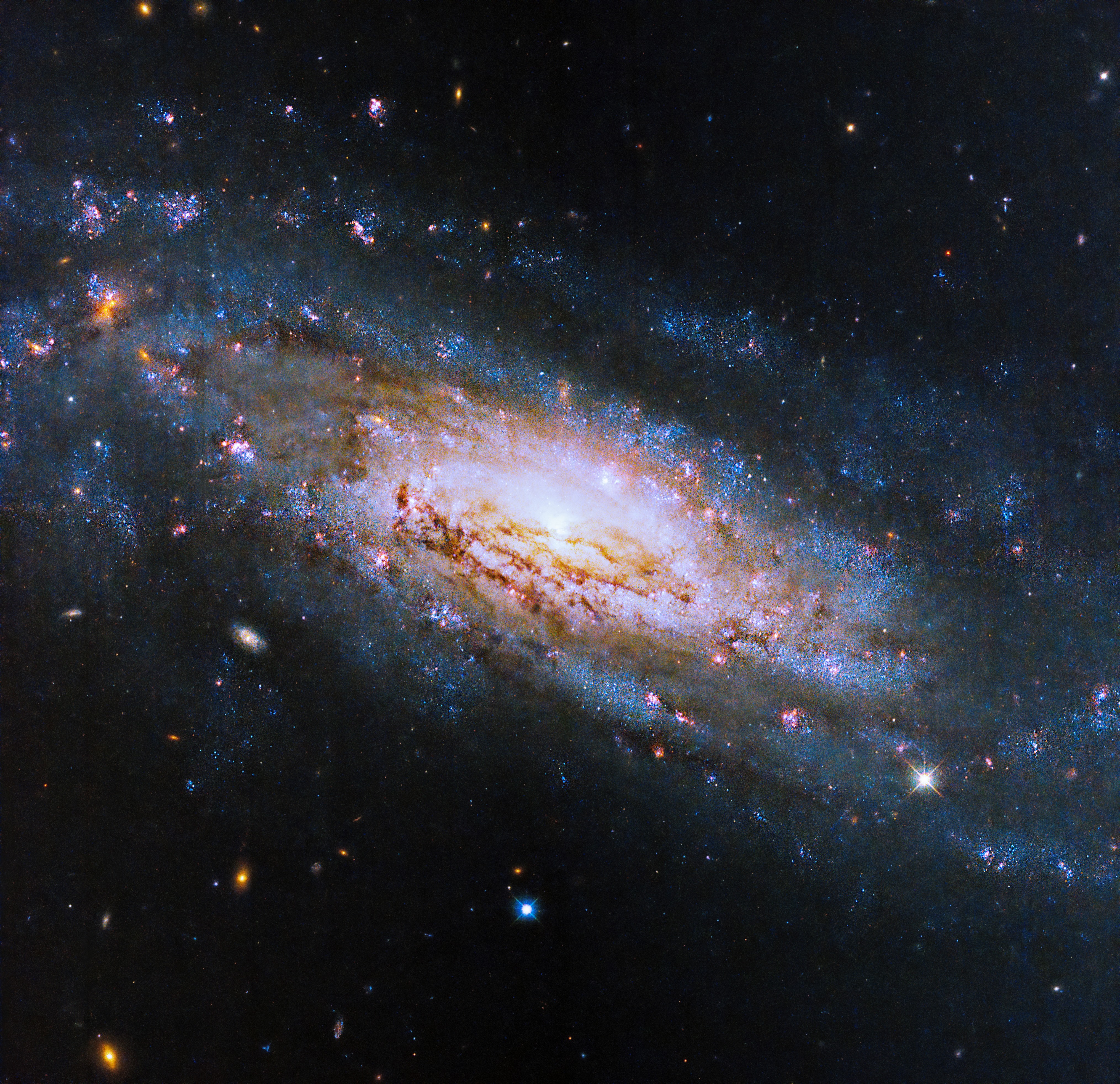
“I’ve always been a very visual learner. For a lot of people, black holes are kind of hard to visualize. But compared to a lot of other things in theoretical astrophysics, they are actually pretty concrete. [Black holes] are three-dimensional objects in space and I do a lot of work thinking about how particles orbit around black holes, how gas orbits around black holes, how stars orbit around black holes… so all of those questions are very physical, very spacial. I like that kind of thinking. That aspect of black holes comes somewhat natural to me.
“Then there are the really weird things about black holes: where time is warped, and time might even go backwards sometimes inside of a black hole… and that’s when you have to rely on the mathematics. That’s when you need to have confidence in your own ability to understand and solve the mathematical equations, and also have very high confidence in all of those who came before us, and that all of the formulas that we use to describe black holes are in fact accurate reflections of reality.
“[Studying black holes] is this combination of doing math, and also working out physical, spatial relationships — visualizing things orbiting and rotating in 3-D, and that’s what I like. Black holes have worked out pretty well for me.”
— Jeremy David Schnittman, Research Astrophyscist, Goddard Space Flight Center
Image Credit: NASA / Rebecca Roth
Interviewer: NASA / Thalia Patrinos


























